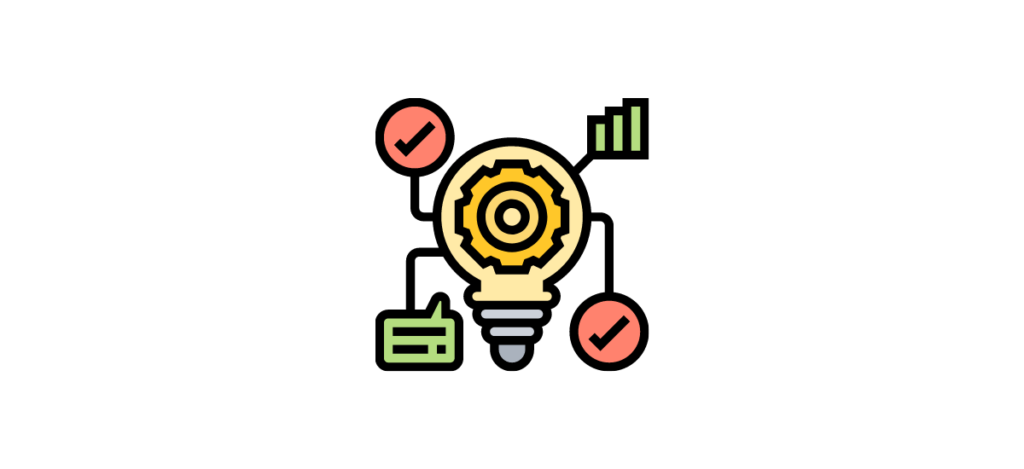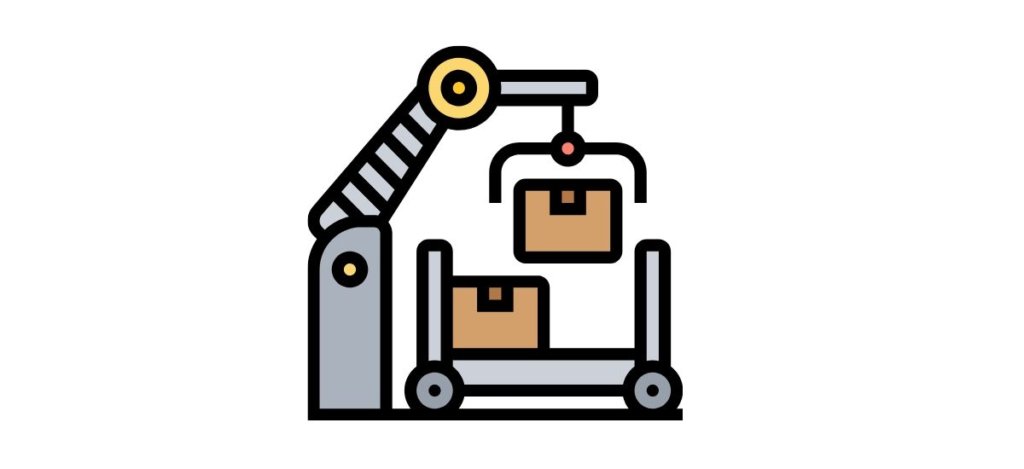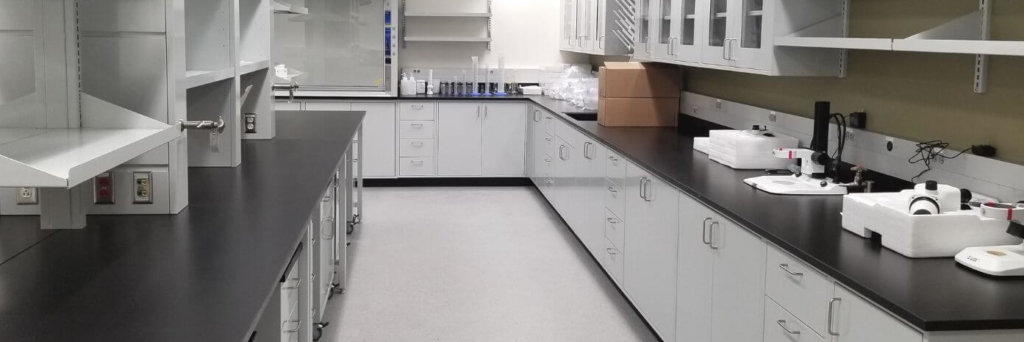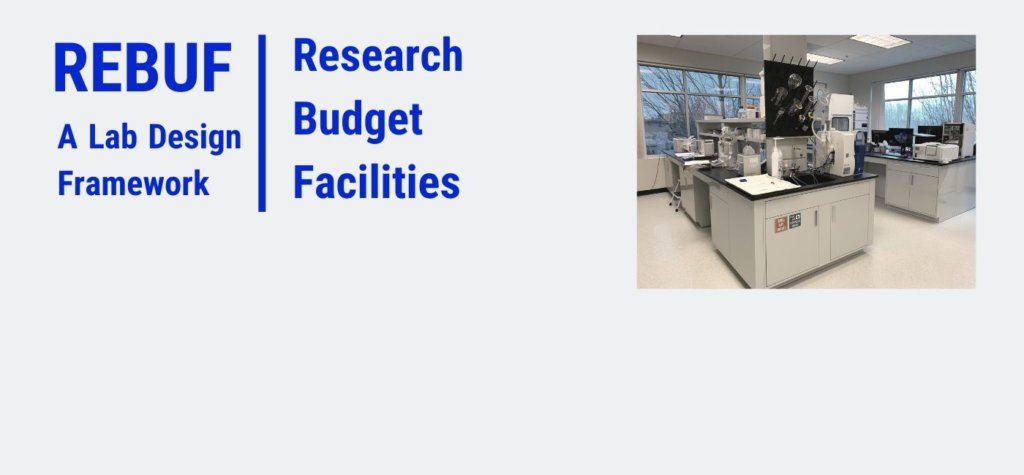A Laboratory Information Management System, or LIMS, is an important tool used by laboratories to improve workflow and organization. Providing a central interface for the organization and tracking of samples and testing, a LIMS software system assists lab managers with the difficult task of collecting and maintaining enormous amounts of data. Traditional methods of recording
Read More












